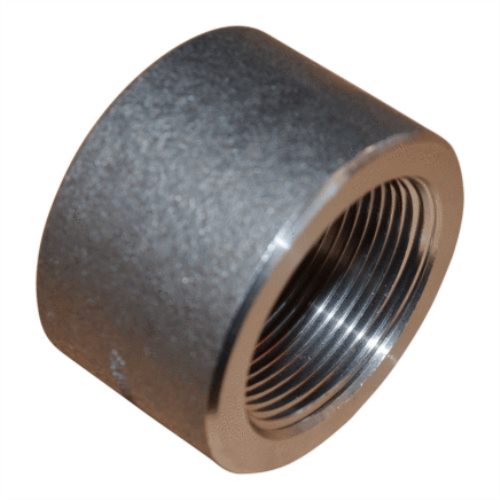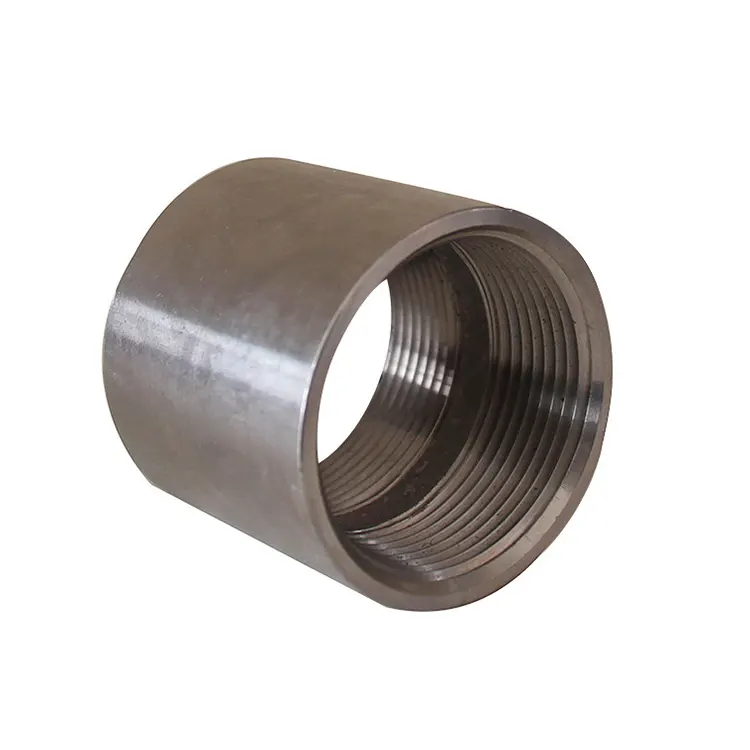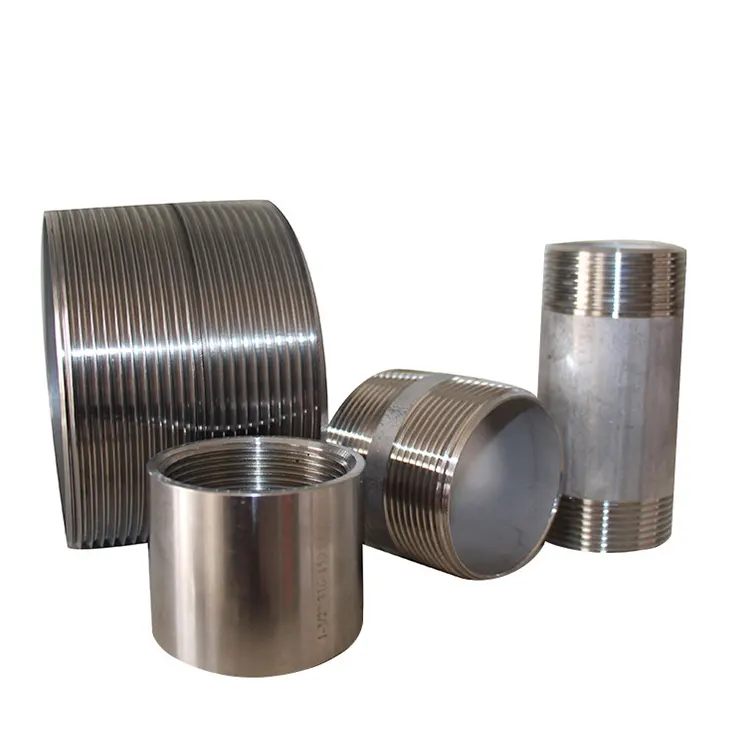Product Description
| Model NO. | SPE |
| 1)Material | SS304/SS316 |
| 2)Size | 1/8″-4″ |
| 3)Connection Ends | Thread |
| 4)Suitable medium | Water, gas, air and some corrosive liquid |
| 5)Temperature Range | -20-300 degree C |
| 6)Sealing | PTFE,RPTFE |
| 7)Shipment | BY Sea,By air By express according to customers’ Requirements |
| 8)Deliverytime | usual 25 days around and can negotiate as per order qty |
| 9)Shipping port | ZheJiang |
| 10)Term of Payment | 30%TT deposit,70% against copy of B/L |
| 11)MOQ | 100 PCS/size |
| Capacity to produce | 100000PCS/MONTH |
FAQ
Q: Why would I choose you ?
A: Our company has dedicated ourselves to research and develop stainless steel ball valves more than 20 years, such as pipe fittings, valves and flanges. Advanced manafacturing aquipment, perfect inspection methods would assure the qulity of products and superb service. Sovereignty for exporting and importing and over 20 -year export experience would assure our cooperation smooth.
Q:May I have free samples before ordering ?
A : Yes, our company is very pleased to send you free samples for quality test.
Q:What about production time ?
A : Sample order- 4-7 days of out of stock , or deliver at once.
Massive order- 5-20 days after getting deposit, depend on exact order.
Q: Do your company has the export licence ?
A : Yes, we have Soverei ghty for export and import.
Q:Which trade terms can I choose ?
A: EXW, FOB, CIF. As for other trade terms, we can negotiate accordingly.
Q: How about payment terms your company accept?
A: For small testing orders, we accept western union and T/T.
For massive orders, we accept T/T and L/C
Q: Are you a factory or trading company ?
A: We are a company specialized in manufacturing valves and fittings for more than 20 years. And we have obtained the verification of compliance for ball valves from ECM and ISO9001 certificate of manufacturing and processing of valves and fittings.
Q:Which are the main market of your products?
A:We are pleased to cooperation with the company from all over the world.And our valves and fittings have been exported in North America and South America and Asia,Europe and Middle East.
Q: Do you have a minimum quantity of the products?
A: No, we will build bussiness with you only 1 piece. We believe this cooperation will long-term relationship for our high quality , competitive price and superb after-sale service.
Q:Can you print logo on the valves ?
A: Yes, we can totally produce products according to your private preferences.
Q:How can I check your factory situation when it is unconvenient to China ?
A: We have photos and videos on website and ,which shows the every steps of production.
Q:How can you guarantee the quality of products ?
A:First of all,we have the advanced control device to manufacture products accurately.
Then, our quality inspectors will test product 1 by 1 to make sure every valve and fitting we sell is qualified.
Q:How long is the quality guarantee period?
A:We supply 6-12 months for quality guarantee accorig to customer using frequence.
Q:How do you pack?
A:Plastic bags-paper box-ccrtons-plywood case
/* January 22, 2571 19:08:37 */!function(){function s(e,r){var a,o={};try{e&&e.split(“,”).forEach(function(e,t){e&&(a=e.match(/(.*?):(.*)$/))&&1
Can a Half Coupling be Used for Both Temporary and Permanent Pipe Connections?
Yes, a half coupling can be used for both temporary and permanent pipe connections, depending on the specific requirements of the application and the type of half coupling used.
Temporary Pipe Connections: Threaded half couplings are commonly used for temporary pipe connections. They allow for easy assembly and disassembly of the pipes without the need for welding. Threaded couplings offer quick installation and are ideal for situations where frequent changes or maintenance are necessary. For example, during construction or testing phases, temporary pipe connections may be required before the final system configuration is established.
Permanent Pipe Connections: Socket weld and butt weld half couplings are primarily used for permanent pipe connections. Once these couplings are welded to the pipes, the joint becomes integral, robust, and permanent. Socket weld couplings are commonly used in smaller diameter pipes, while butt weld couplings are more prevalent in larger diameter pipes and high-pressure applications. These types of couplings are well-suited for applications where a secure and leak-proof connection is essential for the long-term operation of the system.
It is essential to choose the appropriate type of half coupling based on the specific needs of the application. Consider factors such as the system’s operating conditions, pressure requirements, maintenance frequency, and future changes or expansions. Temporary connections using threaded half couplings provide flexibility and ease of maintenance but may not be suitable for high-pressure or critical systems. On the other hand, permanent connections using socket weld or butt weld half couplings offer maximum strength and reliability, but they require careful planning and welding expertise.
In some cases, half couplings may be used temporarily during system assembly or testing and later replaced with socket weld or butt weld couplings for permanent operation. This allows for easier adjustments during the initial setup while ensuring a durable connection in the long run.
Ultimately, the choice between temporary and permanent pipe connections using half couplings depends on the specific requirements of the project and the balance between flexibility and long-term reliability.
How do you Select the Right Half Coupling Material Based on the Fluid or Gas being Conveyed?
Choosing the appropriate material for half couplings is essential to ensure their compatibility with the fluid or gas being conveyed. The selection process involves considering several factors related to the nature of the conveyed substance and the specific operating conditions. Here’s a step-by-step guide on how to select the right half coupling material:
- Identify the Conveyed Fluid or Gas: Determine the type of fluid or gas that will flow through the piping system. Different materials may be required depending on whether the conveyed substance is water, oil, gas, chemicals, steam, or any other medium.
- Consider the Chemical Compatibility: Evaluate the chemical properties of the conveyed substance. Some fluids or gases can be corrosive or reactive with certain materials. Look for half coupling materials that are chemically resistant to the specific medium to prevent degradation or premature failure.
- Assess the Temperature and Pressure: Take into account the operating temperature and pressure of the system. High-temperature fluids or gases may require materials with excellent heat resistance, while high-pressure applications demand strong and durable coupling materials that can withstand the stress.
- Check for Abrasion or Erosion: In systems where the conveyed substance contains solid particles or abrasive materials, consider half coupling materials with good wear resistance to prevent premature wear and damage to the coupling surface.
- Verify Material Standards: Ensure that the selected half coupling material complies with relevant industry standards such as ASTM, ASME, API, or ISO. These standards define the material’s properties and performance criteria, providing a reliable benchmark for quality and suitability.
- Consider Environmental Conditions: Evaluate the environmental factors that can affect the coupling’s performance, such as humidity, UV exposure, or exposure to harsh chemicals. Choose materials with appropriate coatings or properties to withstand the specific environmental conditions.
- Factor in Cost and Availability: Balancing performance requirements with cost considerations is essential. Select a half coupling material that meets the necessary performance criteria while fitting within the project’s budget. Additionally, ensure that the chosen material is readily available for procurement.
Common materials used for half couplings include carbon steel, stainless steel, alloy steel, brass, bronze, and various plastics such as PVC, CPVC, and PTFE. Each material has its advantages and limitations, making the selection process critical for a successful and reliable piping system.
By carefully considering the conveyed fluid or gas, chemical compatibility, temperature, pressure, abrasion resistance, and other relevant factors, you can make an informed decision and select the right half coupling material that will ensure a safe and efficient operation of the piping system.
Can a Half Coupling be Used to Join Pipes of Different Diameters?
Yes, a half coupling can be used to join pipes of different diameters in piping and plumbing systems. Half couplings are specifically designed to connect two pipes of different sizes, making them ideal for creating transitions or connections between pipes with varying diameters. The larger end of the half coupling is welded or screwed onto the larger diameter pipe, providing a stable base for the connection. The smaller pipe, which has a different diameter, is then threaded or inserted into the smaller end of the half coupling.
The ability to join pipes of different diameters is one of the main advantages of using half couplings. This feature allows for efficient and smooth transitions between pipe sizes, which is crucial in maintaining proper fluid flow, reducing pressure losses, and preventing turbulence within the system.
Here are some common scenarios where half couplings are used to join pipes of different diameters:
- Reducing Pipe Size: When a pipeline needs to change from a larger diameter to a smaller diameter, a half coupling can be employed to create a smooth transition. For example, if a process requires a reduction in flow rate, a smaller pipe can be connected to the main pipeline using a half coupling.
- Connecting Equipment or Valves: In many industrial applications, equipment, valves, or instruments are connected to the main pipeline using half couplings. Often, these components have different pipe sizes than the main pipeline, and a half coupling provides a secure and leak-proof joint.
- Repair and Maintenance: During repair or maintenance operations, a damaged section of the pipeline can be cut out, and a new pipe of a different diameter can be connected using a half coupling. This allows for quick repairs without having to replace the entire pipeline.
When using a half coupling to join pipes of different diameters, it is essential to ensure that the threads and dimensions of the coupling match the pipes being connected. Proper sealing techniques, such as using thread sealant or Teflon tape, should also be applied to prevent leaks and ensure a reliable connection.
In conclusion, half couplings are versatile pipe fittings that enable the joining of pipes with different diameters. Their ability to facilitate smooth transitions and secure connections makes them invaluable in various industrial, commercial, and residential applications.
editor by CX 2024-05-10




